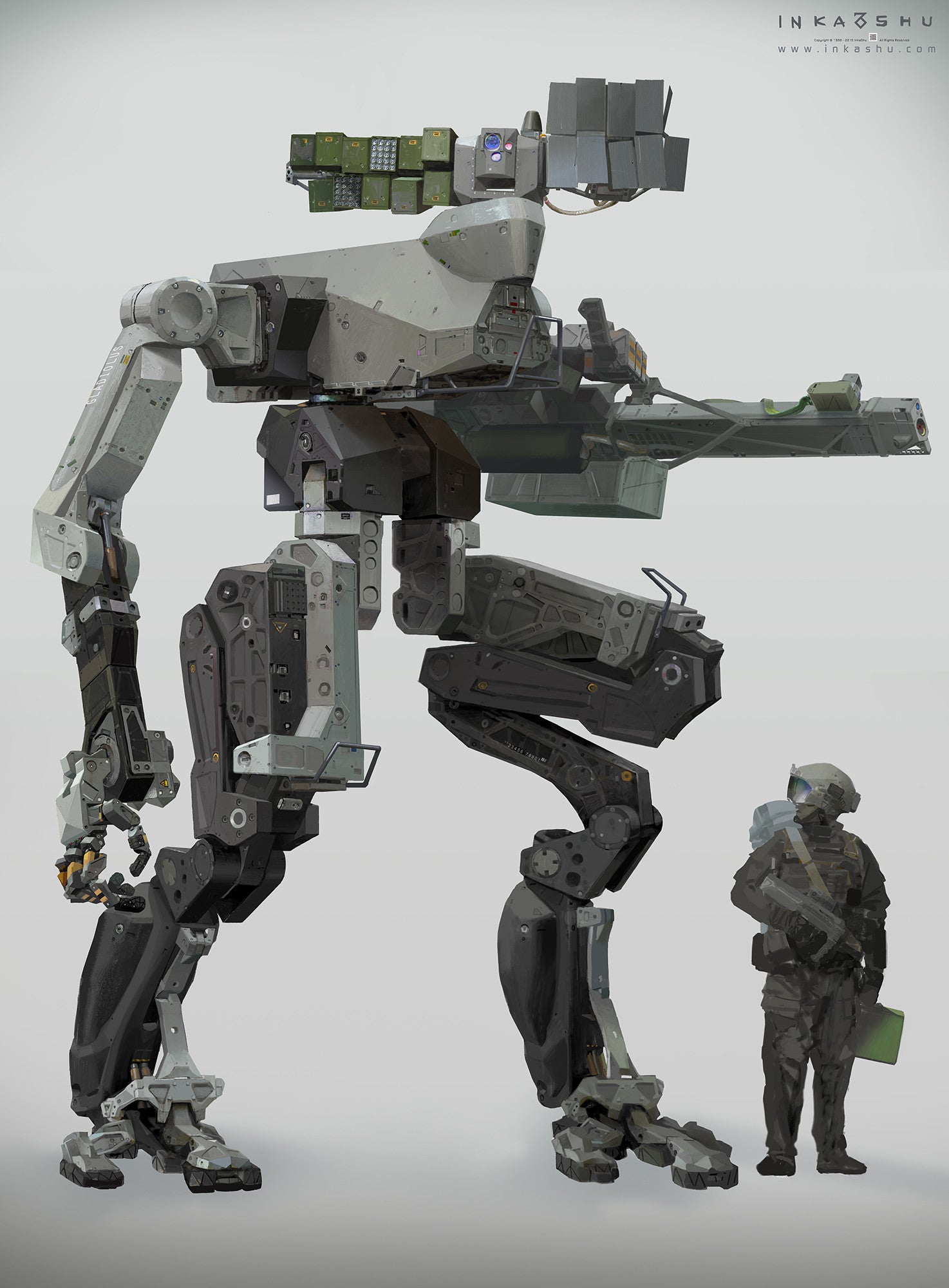
Early in the war, Russia lost hundreds of them to anti-tank guided missiles (ATGMs) fired by infantry, including the iconic Javelin and NLAW. While there is no doubt that these are effective in themselves, they are not designed to work alone. Germany and the US recently announced they would be sending Marder and Bradley infantry fighting vehicles (IFVs) to Ukraine.

But, more importantly for Ukraine’s security, they represent a step-change in western support and a move towards equipping Ukraine with ever-more sophisticated Nato gear. The relatively old Leopard 2 A4 variants which the Ukrainians will be receiving are not war-winners, especially in the numbers likely to be transferred. This will lead the way for several other countries to follow suit. Ukraine’s stock of MBTs is likely to be boosted if Germany, as is thought likely, gives the go-ahead for Polish and Finnish-owned, but German-made Leopard tanks to go to Ukraine. But thus far there will be too few to make a significant difference. These are highly effective and superior to most of what Russia can field. Until now, apart from some gifts from Poland and the Czech Republic of Soviet-designed but modified (by Czech and Polish engineers respeictively) T72 tanks, none had been forthcoming from Nato countries.īut on January 16 this changed, with an announcement by the UK defence secretary, Ben Wallace, of the transfer of 12 of Britain’s 227 Challenger 2 tanks. Tanks, with their big guns, speed and heavy armour, provide the sheer punch and momentum to take ground. For some time Ukraine has been begging allies for more and better weapons systems such as long-range artillery and aircraft.īut high on that list have been main battle tanks (MBTs).

Just over a year later, the ferocious armoured battles in Ukraine during 11 months of conflict appear to confirm Elwood’s concerns.

Committee chairman Tobias Elwood noted that it was tanks that were massing on Russia’s border with Ukraine, while the UK was cutting back its own fleet. When he appeared before the UK’s House of Commons Defence Committee in November 2021 to defend his government’s cuts to the armed forces, the then prime minister, Boris Johnson, declared that “the old concepts of fighting big tank battles on European land mass are over”.


 0 kommentar(er)
0 kommentar(er)
